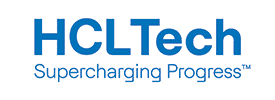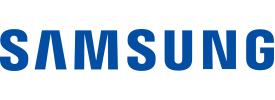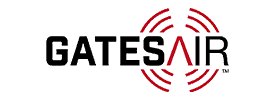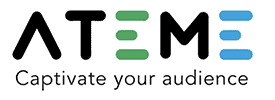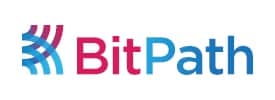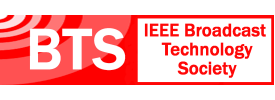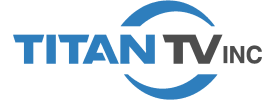- About
- Members
- Sponsors
- Subcommittees
- Technical Documents
- News
- Events
- Spotlight ATSC 3.0
- Contact Us
- Member Login
- Member Meetings
- Advanced Search
Search Site
Member Links
- About
- Members
- Sponsors
- Subcommittees
- Technical Documents
- News
- Events
- Spotlight ATSC 3.0
- Contact Us
- Member Login
- Member Meetings
- Advanced Search
ATSC 3.0 Holds Key to Educational Success in Stay-At-Home Era
Posted on August 24, 2020 in ATSC News
By: Phil Kurz, TVTechnology
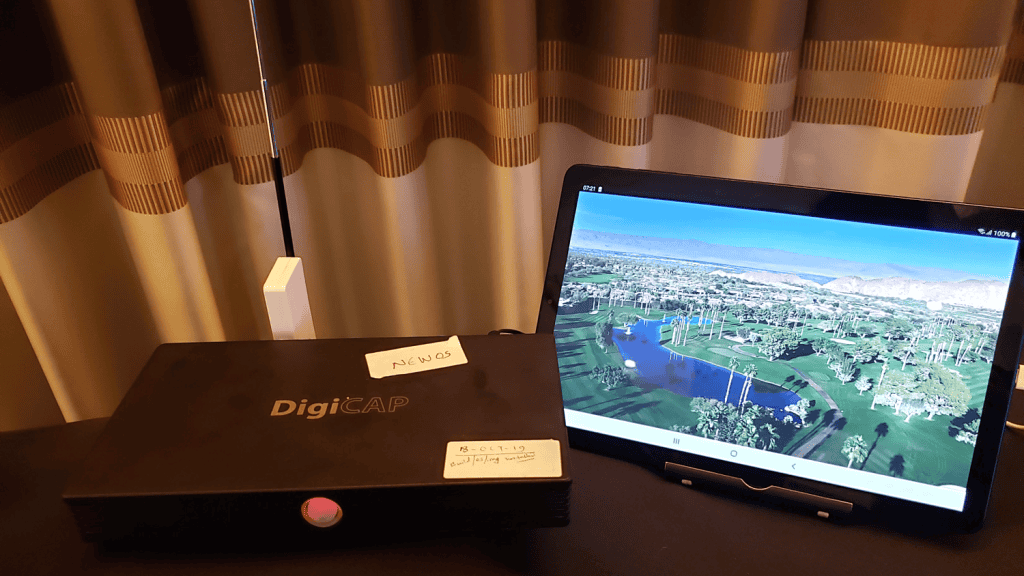
Sinclair and Saankhya Labs demo the DigiCAP HomeCaster NextGen TV gateway at CES. (Image credit: DigiCAP)
SANTA BARBARA, Calif.—Closure of the nation’s schools due to the COVID-19 pandemic has focused attention on the gap in access to broadband internet service between those with means and those without, those in cities and suburbs and those in rural America.
With classrooms closed, school districts have turned to online meeting tools like Zoom and virtual learning environments like Blackboard Learn to deliver lessons to millions of homebound students. However, these sorts of tools can only be effective if students can access the internet.
The FCC’s “2019 Broadband Deployment Report” puts the number of Americans lacking access to fixed terrestrial broadband connectivity at 21.3 million; however, a study by BroadbandNow Research in February indicates the number is closer to twice that.
Jim DeChant, vice president of Technology at News-Press & Gazette (NPG) Broadcasting, however, says there is an alternative to the internet that can fill this digital divide and deliver lessons tailored to individual students regardless of where they live or their economic circumstances.
Posted in ATSC News
News Categories
News Archives
Subscribe
Subscribe to The Standard, our monthly newsletter. Learn More
Join ATSC
ATSC is a membership organization with both voting and observer categories. Voting members include corporations, nonprofit organizations, and government entities, and they participate actively in the work of ATSC. Observers are individuals or entities not eligible to be a voting member.
Subscribe to our Newsletter
Subscribe to The Standard, our monthly newsletter, to stay up-to-date with ATSC news and events around the world.
Site Links
Contact Us
ATSC
1300 I Street NW, Suite 400E
Washington, DC 20005 USA
Do you have questions about ATSC?
About ATSC
ATSC, the Broadcast Standards Association, is an international, non-profit organization developing voluntary standards and recommended practices for digital terrestrial broadcasting. Serving as an essential force in the broadcasting industry, ATSC guides the seamless integration of broadcast and telecom standards to drive the industry forward. Currently, the ATSC 3.0 Standard is providing the best possible solution for expanding the potential of the broadcast spectrum beyond its traditional application to meet changing needs. From conventional television to innovative digital data services, ATSC has one clear goal: to empower the broadcasting ecosystem like never before.
© 2025 ATSC




